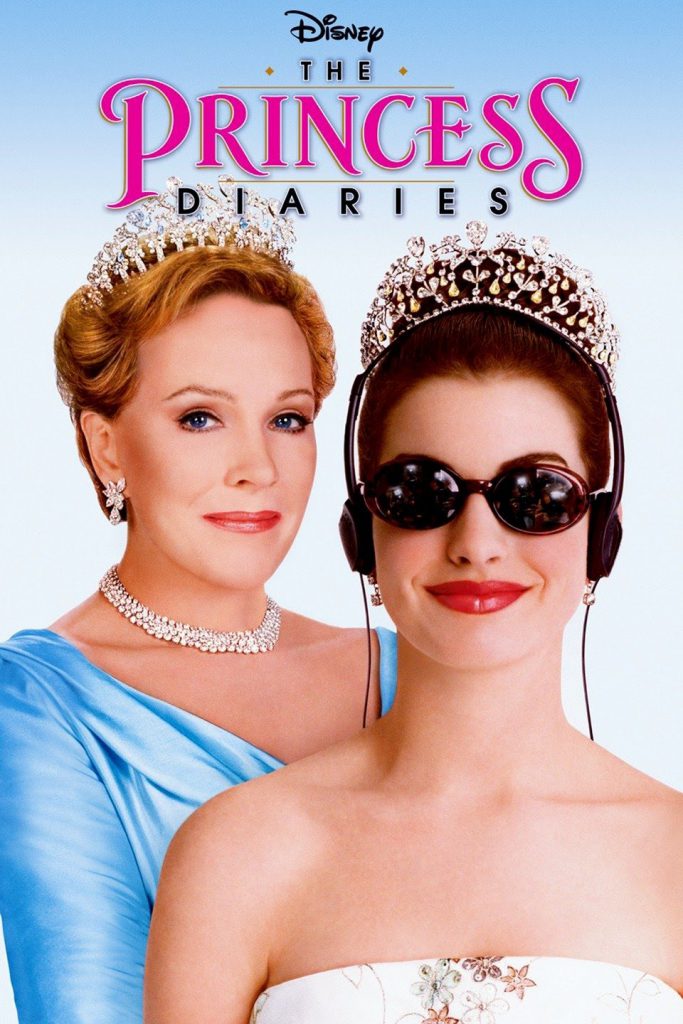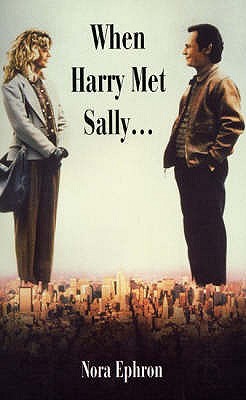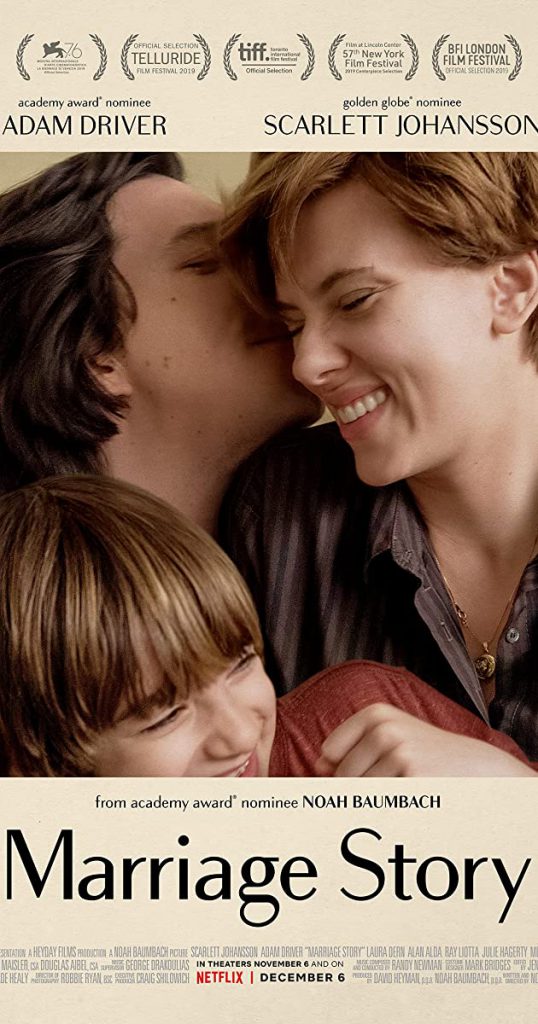Stereotypes can be defined as an over-generalized belief about a particular group of people. They can span everything from race to religion. Society has been known to push stereotypes in media, whether it be in television, film, or marketing advertisements. Gender stereotypes and tropes in particular have never been my favorite thing. However, this doesn’t mean there haven’t been some instances of me enjoying seeing them on screen!

In The Princess Diaries (2001), the trope of “nerd girl isn’t pretty until her makeover” is presented at it’s finest. Anne Hathaway (an undoubtedly gorgeous actress) is presented as a less than pretty, shy girl until she receives her iconic makeover. After her makeover of contact lenses and straighten hair, her crush notice her and the world accept her as royalty. I hate this trope with a fiery passion, but that doesn’t stop me from watching this movie at least once a year, without fail!
But this isn’t about nerdy, shy girl makeovers. This is about The Manic Pixie Dream People!

Manic Pixie Dream Girls/Boys
I’m sure you’ve already been beaten over the head with reasons as to why this trope is bad and harmful but just bear with me.
Manic Pixie Dream Girls are usually presented as saviors to their male counterparts in a time of need. They fix their lives, have a brief romantic relationship with them, and then disappear without a trace. They serve only to further a male character’s growth and usually have no significant character arch of their own. A popular MPDG is Ramona Flowers from Scott Pilgrim VS. The World.
For a while, like most, I didn’t consider that there would be another side to the Manic Pixie Dream coin. But alas, there’s more!
If he’s mysterious, charming, pretentious, and “deep”, then he’s definitely a Manic Pixie Dream Boy! The most popular example I can think of is Augustus Waters in The Fault in Our Stars. MPDBs fair sightly better compared to MPDGs, as they usually have a bigger storyline of their own and most likely get the girl in the end. However, in most instances I’ve seen, the MPDB will die by the end of the story. The real kicker is that their love interest most likely will mourn their death for the rest of their lives and never really get over them.
So after all that, you probably have a few characters in mind that fit these descriptions. This brings up an alarming question. If these characters are so harmful, then why are they so popular?
The answer is kind of simple. People want what they can’t have.
I’m not saying this to judge anyone, I promise. I vividly remember times when the thought of a mysterious stranger sweeping me off my feet and making all my problems go away sounded pretty good.
The reality of this is that MPDGs and MPDBs are nowhere near being real people. They set impossibly high standards and incredibly unrealistic expectations for relationships. Real relationships consist of two completely flawed people just trying their best. One should not rely on the other to solve all their problems. And there should always be an equal give and take. And usually, normal relationships don’t last, which is completely okay!
The constant repetition of stories such as the one depicted in The Fault in Our Stars makes me wonder why everything gets turned into a love story, but that may be another blog topic for another day.
So to end this, here are two of my favorite movies that I believe accuratly present romantic relationships! When Harry Met Sally... follows two friends throughout the twists and turns of their life as they slowly fall in love with each other (funny). Marriage Story follows two sides of a divorce as the once marriaged couple tries to figure out what to do next (sad). If you end up watching either of these (I think they’re both on Netflix), I hope you enjoy them and please let me know what you thought!

